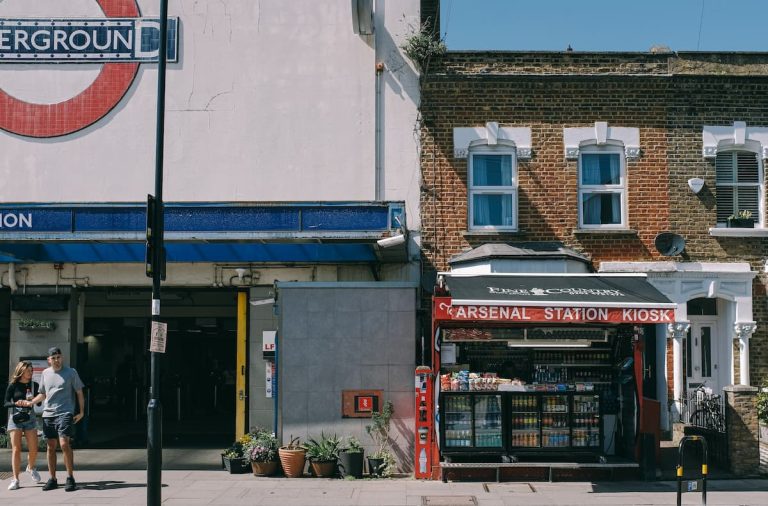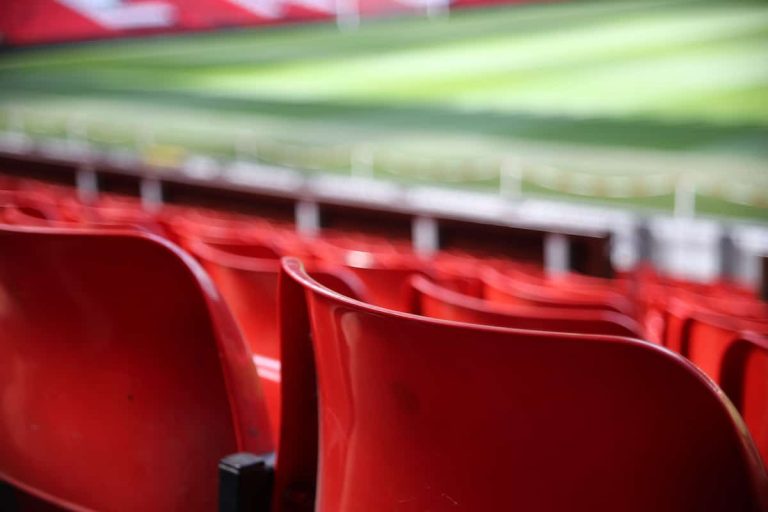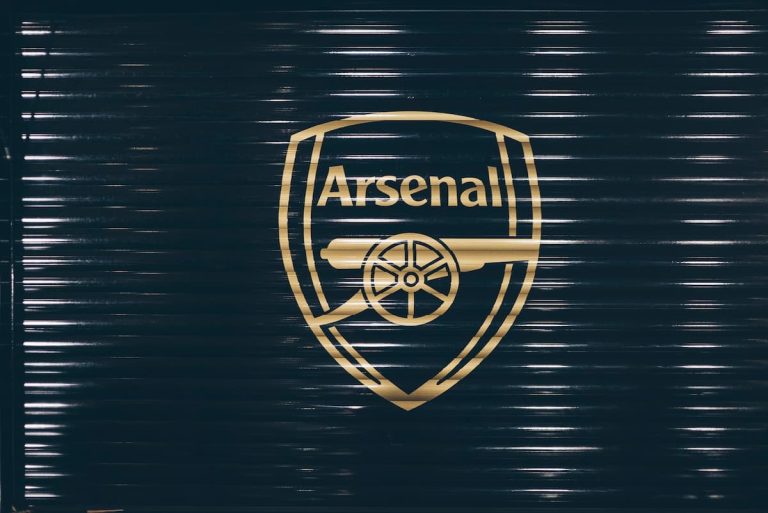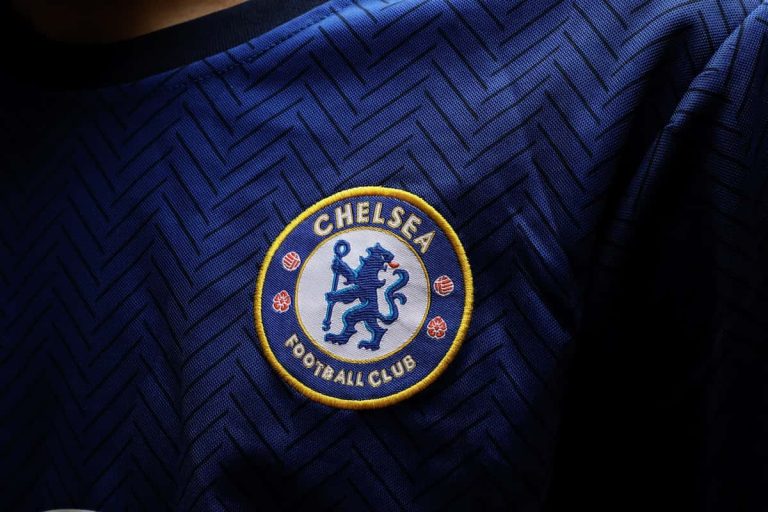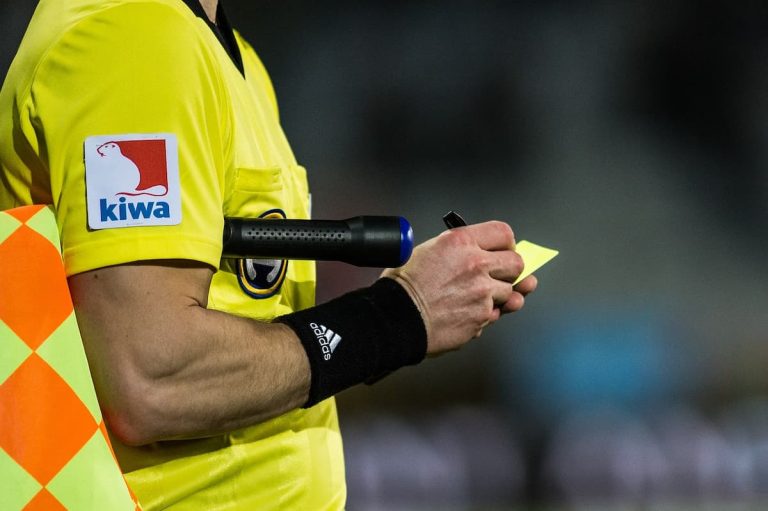What is Pressing in Football?
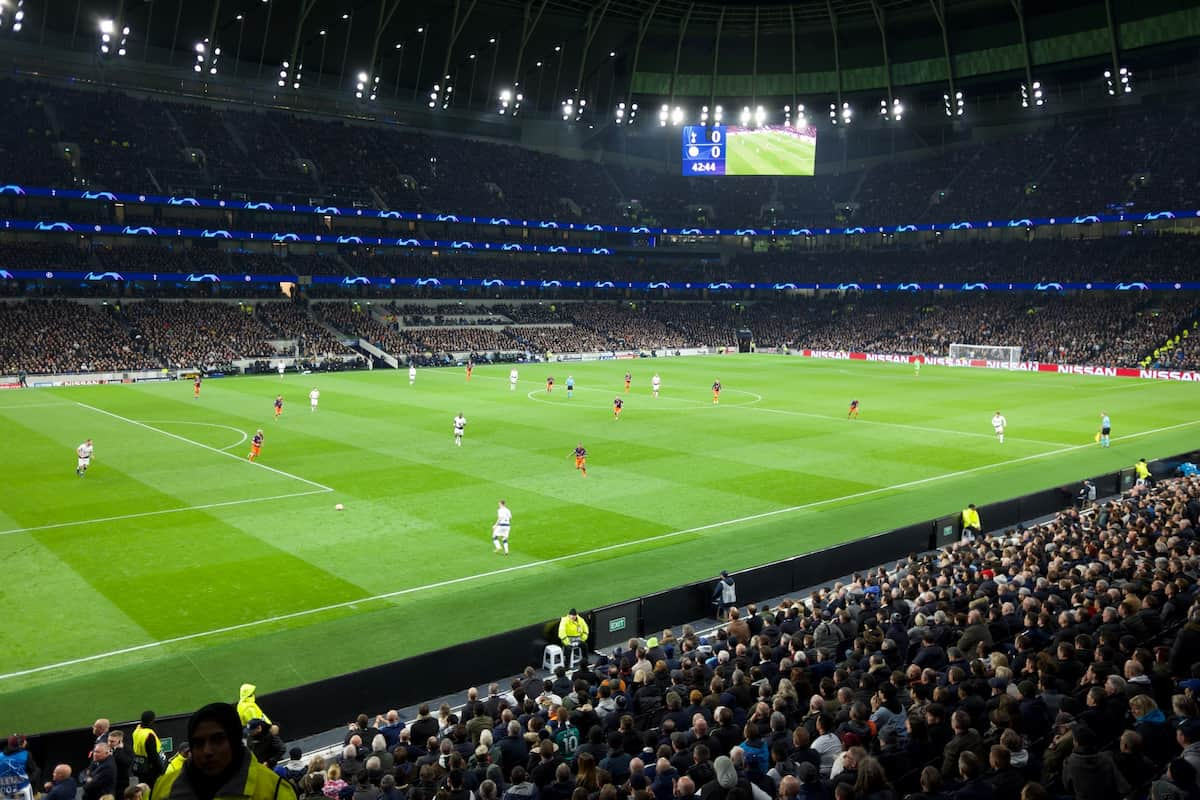
Table of Contents
What is Pressing in Football?
In football, pressing is the pressure that the team who is out of possession applies on the team in possession. Some of the aims of pressing are to win the ball back as quickly as possible, interrupt the opponent’s build up play and to dictate play.
Learn what the different phases of play are in football.
Why Is Pressing Important in Football?
In the modern game, all good footballing sides have a strong press. Pressing is important because it affects how often you can turn the ball over, i.e. win the ball back from your opponent. Furthermore, a strong press requires groups of players to work together, and this can represent good team chemistry.
If a team performs their press well in a match, they’ll win the ball back more often during 90 minutes, which will likely lead to more possession and more chances.
Learn how to analyse a football match.
What is a Pressing Trigger in Football?
A pressing trigger represents a range of different actions that cause a defending team to press more aggressively. Pressing triggers vary by team, it could be a bad touch from an opponent, the ball entering a certain area of the pitch or a particular pass being made.
Football coaches use pressing triggers to help their team control the game as much as possible while out of possession.
What is a Pressing Trap in Football?
In football, a pressing trap is when the team out of possession invites their opponents into a specific zone on the pitch. Teams create specific pressing traps so that they can win the ball back from their opponents more easily in certain areas of the pitch.
Can Pressing Be Calculated?
While you can’t exactly measure pressing in football, the closest statistic you can use is ‘Passes per Defensive Action’ (PPDA). This metric measures the amount of passes the opposition makes before the team makes an attempt to break up possession.
Although it’s not perfect, using PPDA can help gain insights into a team’s pressing ability. If a team’s PPDA value is low, this can suggest that their press is particularly aggressive, as the opposition team will be allowed to make fewer passes before a defensive attempt.
On the other hand, if a team’s PPDA value is high, it might suggest that they have a more relaxed pressing style as the opposition team will be allowed to make more passes before a defensive attempt.
Using this metric can help understand how high an opponent’s defensive line is, as well as how intense their press is likely to be. Looking at PPDA figures across a match can also help understand how intense their press will be during different stages of the game.
Learn how football data is collected.
Different Football Pressing Styles
There are many different football pressing styles used by teams in matches. Depending on the types of players at their disposal, managers will usually implement a pressing style suitable for their tactical philosophy.
High Pressing
As the name suggests, high pressing football involves a team collectively attempting to win the ball back high up the pitch. This is the most intense style of pressing in football and requires physically fit players in order to successfully implement it.
Winning the ball high up the pitch is seen as a great opportunity to create goalscoring chances. The risk with this type of pressing is that if the opposition is able to break the first line of the press with a pass, gaps can be exploited, which can leave a team exposed.
If a team has the physical capability to press high up the field for the majority of a match, it’s more than likely that their opponents will give up some chances to them. The intensity of high pressing football tends to grind teams down over 90 minutes.
The Midfield Press
Sometimes referred to as a mid-block, a midfield press is primarily concerned with pressing in the middle of the pitch. The halfway line is a good measure for this kind of pressing in football. This means a team will allow their opponents to play a few passes out from the back before putting pressure on them around the halfway line.
This type of press is used by many international teams. At the Qatar World Cup, teams like England and France used this type of pressing in the tournament. The main reason for this is that their coaches have limited time with the team on the training ground. This means they don’t have enough time to drill a more intense, aggressive press into them before international games.
The Low Press
The opposite to high pressing, the low press is a more defensive tactic, where a team sits back in their own half and welcomes the opposition team to attack them. The aim of the low press is to win the ball back and start a counter-attack.
A team that is using a low press will aim to be as compact as possible, allowing minimal spaces between their players where the opposition can attack. This tactic is usually adopted by a team playing a much stronger side, who know that they’re not going to have loads of possession during the game.
This type of press is otherwise known as a low block.
Man to Man Pressing
Used as part of a high pressing approach, man to man pressing is where the ‘nearest man’ presses the nearest opponent as aggressively as possible. Once pressed, the player will stop around one metre away from them.
This style of pressing needs experiences, in-game management, as it requires significant fitness levels from all players involved. The training for this style of press needs to be very particular, too.
Zonal Pressing
Often used in a midfield press, zonal pressing is where a team uses their press to force play into a designated zone on the pitch. An ideal scenario with this press is to force play into an area where you have an overload, for example, 3 players against 2. This means you’re more likely to win the ball back as you have an extra player in this are compared to the opposition.
Option-Based Pressing
Option based pressing is concerned with creating pressing traps in certain areas of the pitch. The main goal here is to offer the opponent the opportunity to make a pass into a space you’d like them to go into. This requires cutting off all other options available to them through pressing.
Once the opponent has been forced into the trap, it should be easier for the team pressing to win the ball back.
Counter Pressing Football or ‘Gegenpressing’
Similar to high pressing, football teams use counter pressing to win the ball back high up the pitch. This style of pressing is also regularly referred to as ‘Gegenpressing’, which simply means ‘counter-pressing’ in German.
With this type of press, winning the ball back from the opponent as soon as you’ve lost the ball is the aim. Some examples of football managers who have typically used this style of press during their careers are Ralf Rangnick, Jürgen Klopp and Ralph Hasenhüttl.
Examples of High Pressing Football Teams
Now that we’ve discussed some of the different styles of pressing in football, let’s look at some specific examples of high pressing football teams. Don’t forget that this style of pressing is the one that needs drilling into players the most.
Marcelo Bielsa’s Leeds United
It would be hard to write an article about pressing without mentioning one of Marcelo Bielsa’s high pressing sides. When his Leeds United side got promoted to the Premier League, it was clear that they found some success through their intense high press.
Operating man to man and high up the field, Leeds press was high risk, high reward. Often we would witness many goals in their games during their first season back in the top flight. This was down to the gaps their press would create, but also because they would regularly turn the ball over high up the field, closer to the opposition’s goal. This meant that they would both create and concede lots of chances.
Biela’s infamous ‘murderball’ training drill helped Leeds become accustomed to the intensity required for their press. This clearly paid off as the stats showed that Leeds would outperform most of their opponents during the last 15 minutes of matches, when teams would tend to slow down physically.
Jürgen Klopp’s Liverpool
Gegenpressing connoisseur Jürgen Klopp has enjoyed implementing high pressing football at Mainz, Borussia Dortmund and Liverpool during this managerial career. He claims that “The best moment to win the ball is immediately after your team just lost it.”
And this is what his teams aim to do – win the ball back as soon as they’ve lost it. His counter pressing football tactics have been a huge success at Liverpool due to some of the incredible players at his disposal. It was clear that when Liverpool sold Sadio Mané to Bayern Munich for the 2022/23 season, their press took a downturn, losing a lot of its intensity.
The combination of Mané, Mohamed Salah and Roberto Firmino created a pressing machine. Behind them, they were supported by Andy Robertson and Trent Alexander-Arnold, who are arguably the most aggressive fullback pairing in the world. Liverpool had the luxury of keeping a side together for many years that understood Klopp’s pressing philosophy, as he joined the club back in 2015.
Although intensity is key to the gegenpress, Liverpool have to use their energy wisely. 90 minutes can feel like a long time for players if they’re constantly pressing. This is where pressing traps and triggers become really important for Klopp’s men. Their experience with the gegenpress as well as their experience playing with each other meant that their out of possession work was really fluid. This made it really hard for opposition teams.

